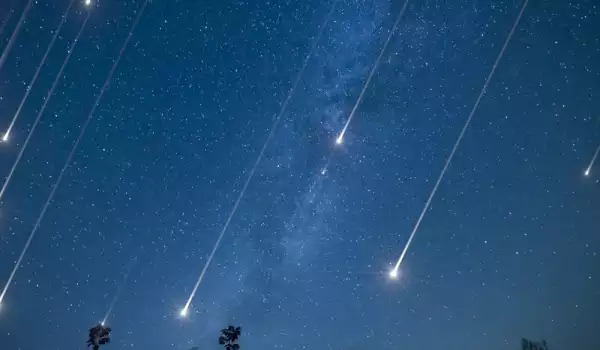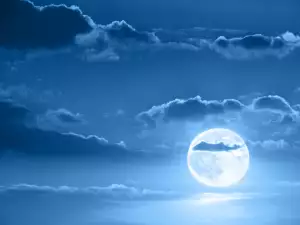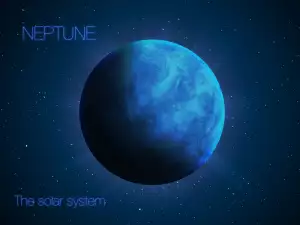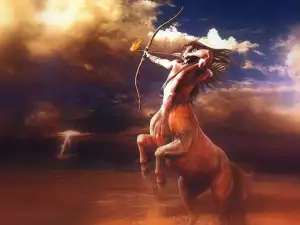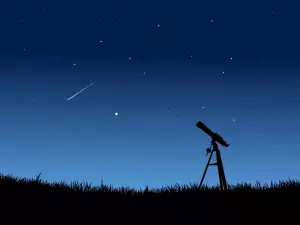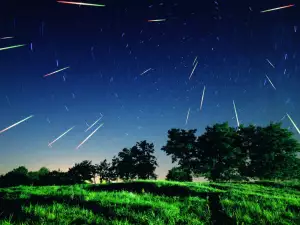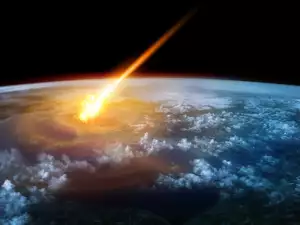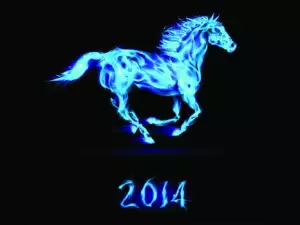10-20 shooting stars will be making our wishes come true on the evening of October 21. For those who miss it, the phenomenon will occur again on October 22, while clear skies will guarantee the perfect view.
The Orionids are traditionally viewable this time of year. They are the brightest meteors visible and leave the clearest trails in their wake.
The Moon will be hardly visible on both nights, preventing its light from interfering with sky gazers and allowing an unobstructed view with the naked eye as well. The Orionids will be best visible at dawn and shortly after sunset.
Their radiant is the constellation Orion, whose brightest star is the reddish Betelgeuse. The meteors will reach a top speed of 41 mi (66 km) per hour, leaving behind white streaks in the sky.

Orion is one of the most easily recognizable constellations thanks to its 3 bright stars in a perfect line, forming the belt of the mythical figure.
The Orionids are remnants of Halley's Comet, which returns near the Sun every 75 years. It bears the name of Edmond Halley, who was the first to calculate its orbit.
Halley's Comet's last flyby was in 1986. It is currently traveling along the outer edges of the Solar System and its next flyby of Earth will be in the year 2061.
